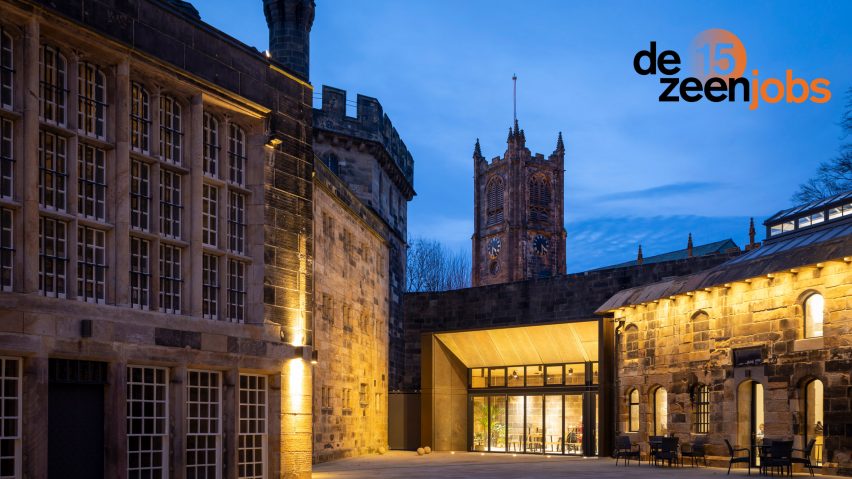
"Our values are strong and support the recruitment of diverse talent" says BDP's Sue Emms
In our latest interview as part of our Dezeen Jobs: How We Recruit series, Sue Emms, chair of architecture studio BDP's North Region, discusses the importance of diversity in the workforce.
Sophie Chapman: Can you please tell me about the projects BDP delivers?
Sue Emms: We work on socially motivated projects, including infrastructure connecting northern cities and greater access to talent by supporting education and sport in socially deprived areas as a catalyst for the regeneration of our towns.
I think it's important to note that while we are a global company, our roots were grown in the north [of England]. We're very passionate about the social, economic and cultural regeneration of our northern cities.
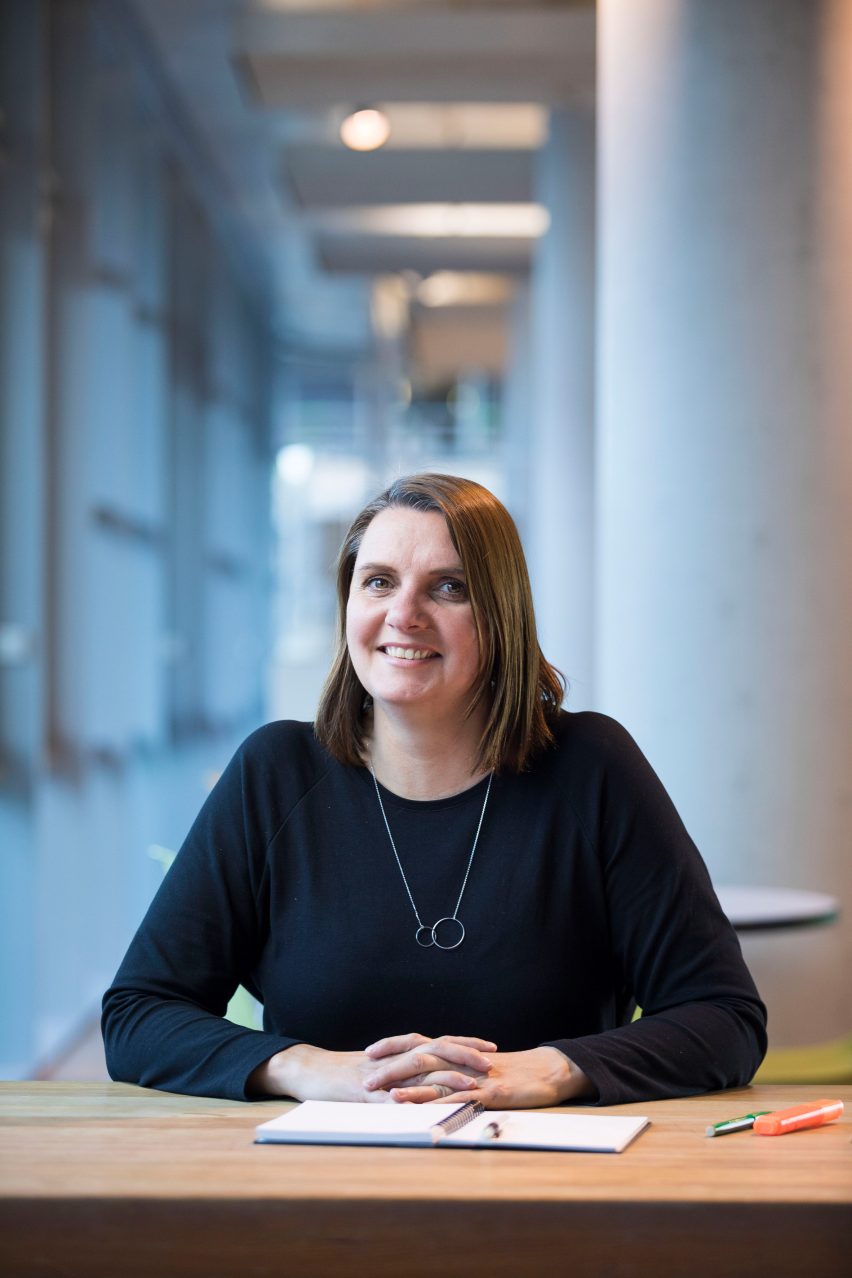
Sophie Chapman: What's your opinion on how recruitment has changed in the past 10 years?
Sue Emms: I would say there has been a huge change around recruitment and I think one of our key drivers is diversity. We are a very diverse practice in terms of what we offer, with different sectors and disciplines. But it's really important that the diversity of our people represents the communities we're designing for.
We've had a recent drive around creating an inclusive recruitment toolkit for our future talent. We partner with Manchester and Liverpool-based social enterprises, enabling us to do a lot of work with school children, getting them to understand the built environment and architecture.
Our outreach often focuses on underrepresentation within the profession – we're making sure that we're hitting a demographic that wouldn't imagine being an architect or going to university. We want people with different perspectives and different life experiences.
We were one of the trailblazer practices that supported the Architectural Apprenticeship Route and we are one of the founding practices of Sheffield University's Collaborative Practice course – those new pathways into the profession are really important for us and they broaden our talent pool.
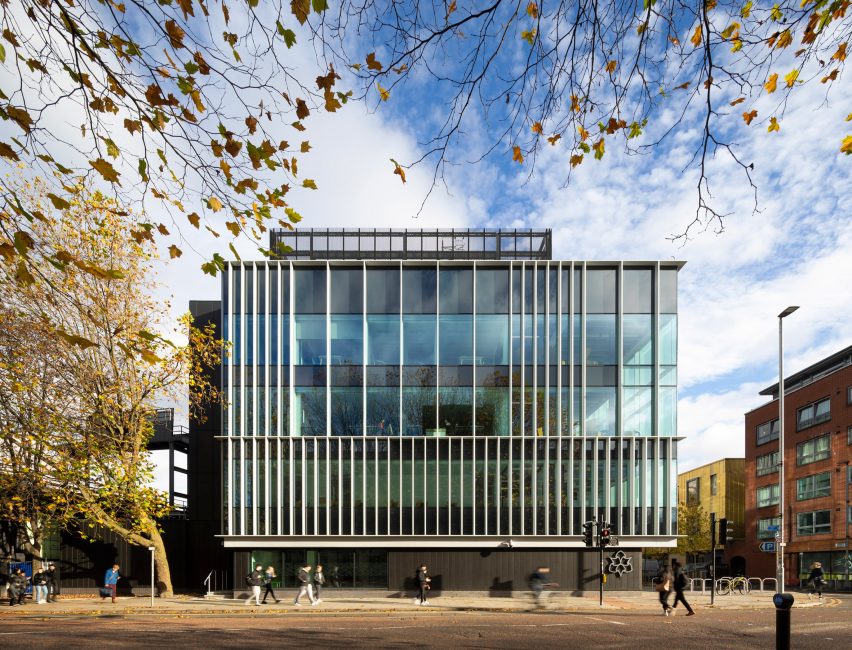
Sophie Chapman: Have you noticed any changes in how applicants vary for specific roles, or have you seen a rise in more diverse applicants for certain roles?
Sue Emms: We've employed 17 graduates in our northern studios this summer alone, and when you look at the split of which universities they're from, it's so much more diverse than it would have been five years ago.
If you look at architecture and interior design roles, we have a higher number of female applicants coming through now than males. I think at graduate level, we're also very diverse, certainly in terms of race and gender. However, when we look at engineering and more senior roles, we definitely struggle more with the gender balance.
It's really important for us to take people around the studio when they come for their interviews and showcase that inclusive studio culture. We also want to make sure that we are diverse and that interviewees can see people like them succeeding in the practice.
Sophie Chapman: During the interview or application process, is there anything that you're doing differently than you did 10 years ago?
Sue Emms: For graduates, it can be quite daunting coming into the studio for your first interview to launch their career. So, once we've made the shortlist for interviews, we team them up with someone at BDP, a buddy – often someone who went through the process a couple of years ago. They would have a meeting beforehand where our staff can offer advice and graduates can ask any silly question about BDP. It's really informal and it's very supportive.
I think it helps inclusion and drives social mobility as well, which is so important for our professions. For those from less-privileged backgrounds who might not have peers or family members to support them with writing CVs or preparing for interviews, I think it has been a great support. And this, in turn, has improved our talent pool.
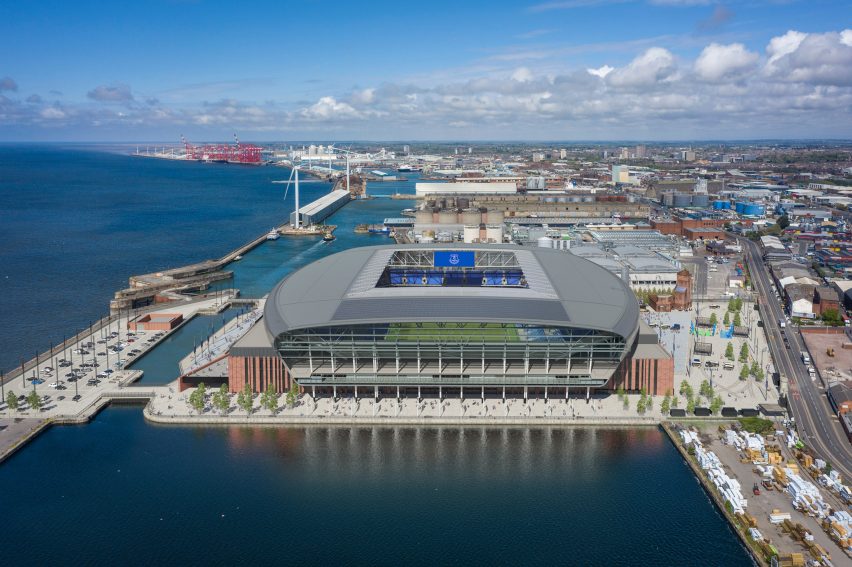
Sophie Chapman: What advice would you give to people who are looking for a job at BDP?
Sue Emms: At BDP, because we are quite diverse, we're very different. So I would come in with an open mind and make your role what you want to make it – BDP gives you that opportunity.
I also think it's important to understand our company values and how they align with yours – I would look at those synergies before you come in. Our values are strong and support the recruitment of diverse talent.
And finally, while our recruitment process is quite informal, as it's important to make people feel comfortable, you need to stand out. We often receive 250 applicants when we can hire eight to 10 people. Your portfolio and cover letter are really important. While we don't want to read essays, we do want to read something with a little bit of spark.
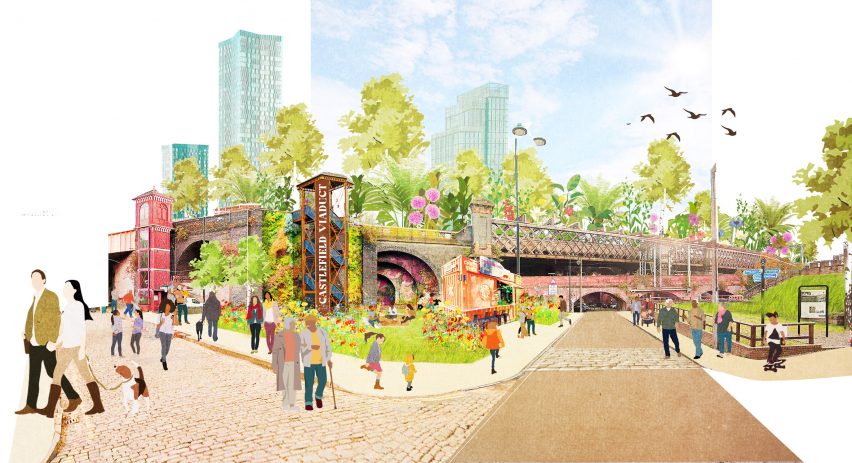
Sophie Chapman: Why do you use Dezeen Jobs for your recruitment?
Sue Emms: We are very much looking to the next generation of architects and designers, and I think there are few better places to do that than Dezeen right now. If you look at the roles available at BDP, it's not only architects and architectural assistants but executive assistants and the head of acoustics, for example. We've used Dezeen Jobs for a diverse selection of roles.
Find out more about BDP by visiting its website. View current and future vacancies by checking its company profile on Dezeen Jobs.
Photos courtesy of BDP.
Dezeen Jobs: How We Recruit series
This article is part of Dezeen Jobs: How We Recruit, a series of interviews to mark Dezeen Jobs turning 15, which explores changing hiring practices and future recruitment needs for companies around the world.